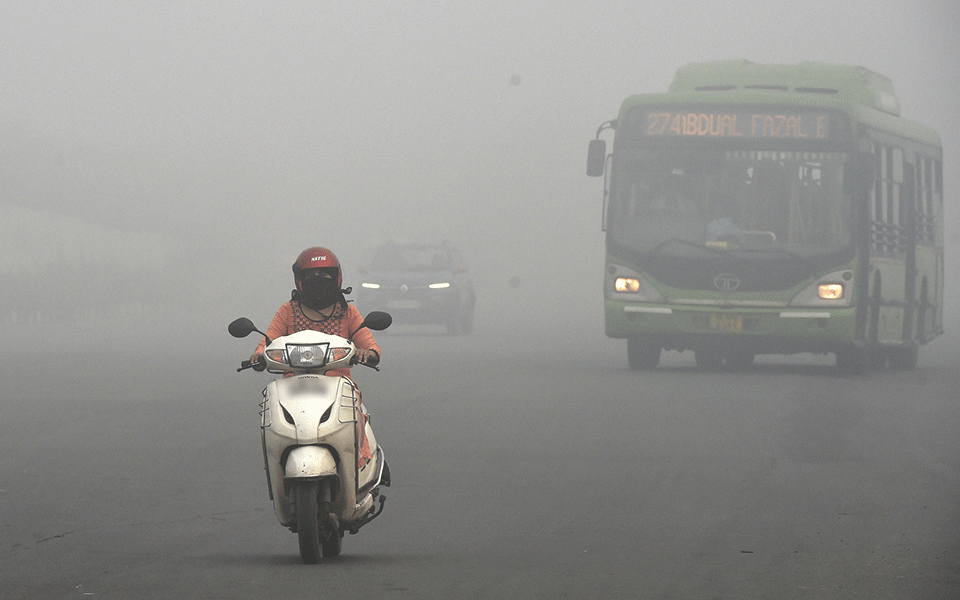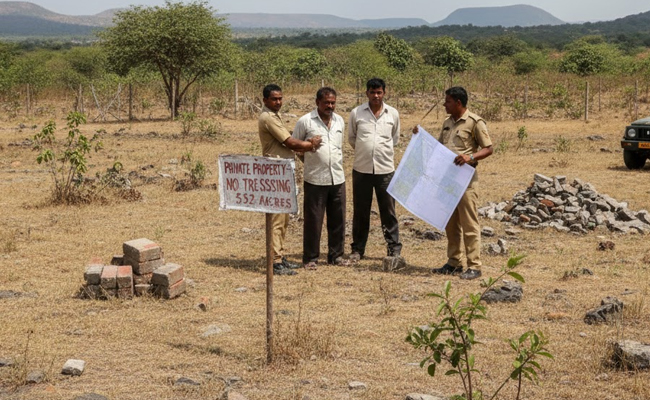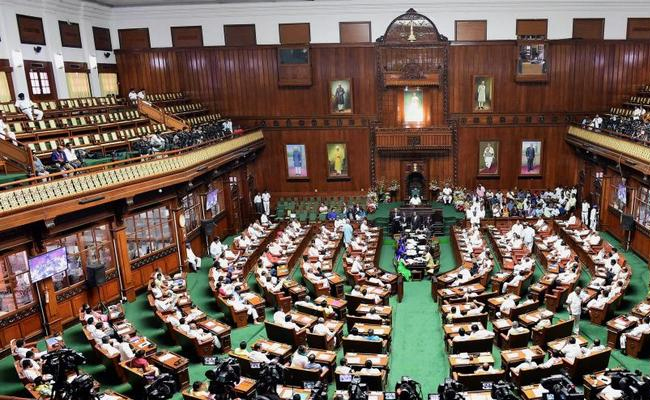New Delhi(PTI): A layer of smog shrouded Delhi-NCR on Thursday and partially blotted out the sun on Chhath Puja as the air quality slipped back into the severe zone with unfavourable meteorological conditions aiding accumulation of pollutants, authorities said.
Green think tank Centre for Science and Environment (CSE) said the ongoing smog episode is a public health emergency.
"This requires urgent emergency action on key combustion sources (vehicles, industry, waste burning) and dust sources (construction and roads) to prevent further trapping of pollution when there is no wind to blow this away," said Anumita Roychowdhury, executive director, research and advocacy, CSE.
At 10 am, Delhi recorded an Air Quality Index (AQI) of 407. Thirty-three of the 39 air quality monitoring stations in the national capital recorded air pollution levels in the severe category.
The 24-hour average AQI was 372 on Wednesday.
Ghaziabad (454), Greater Noida (404) and Noida (426) also recorded severe air quality at 10 am.
An AQI between zero and 50 is considered "good", 51 and 100 "satisfactory", 101 and 200 "moderate", 201 and 300 "poor", 301 and 400 "very poor", and 401 and 500 "severe".
An official from the India Meteorological Department (IMD) said shallow fog and low temperatures in the morning -- Delhi recorded the season's lowest temperature of 12.6 degrees Celsius on Thursday -- trapped pollutants close to the ground and calm winds led to stagnant conditions.
Visibility levels at the Indira Gandhi International Airport and the Safdarjung Airport dropped to 600-800 metres, he added.
The CSE said the current severe smog episode in Delhi-NCR is expected to last for two more days.
It also said the average daily contribution of smoke from farm fires from the middle of October to November 8 was the lowest in four years.
"Compared to the first smog episode of the previous four years, the current smog has matched the duration of the first smog of 2018 and 2020 season -- both lasted six days. If conditions do not improve, it might overtake the 2019 smog that lasted eight days," the CSE said.
The longer duration of this year's smog despite relatively windier local conditions might be due to a lack of pollution control measures in the city, the green think tank said.
On an average, the contribution of smoke to Delhi's daily PM2.5 from the middle of October to November 8 was the lowest in the last four years.
"So far, it has recorded an average of 12 per cent (farm fire share) per day in contrast to 17 per cent per day in 2020, 14 per cent per day in 2019 and 16 per cent per day in 2018 (as reported by SAFAR)," the CSE said.
The share of farm fires in Delhi's pollution rose to 48 per cent on Sunday, the highest since November 5, 2018, when it was recorded at 58 per cent.
Last year, the share of stubble burning in Delhi's pollution had peaked at 42 per cent on November 5. In 2019, crop residue burning accounted for 44 per cent of Delhi's PM2.5 pollution on November 1.
Let the Truth be known. If you read VB and like VB, please be a VB Supporter and Help us deliver the Truth to one and all.
Mysuru (PTI): Union Minister H D Kumaraswamy on Tuesday accused the Congress government in Karnataka of "neglecting" the farmers in the state and being involved in corruption.
The JD(S) leader took part in an event where President Droupadi Murmu inaugurated the 1066th Jayanthi celebrations of Adi Jagadguru Sri Shivarathreeshwara Shivayogi Mahaswamiji at Malavalli in Mandya district, which comes under his Lok Sabha constituency.
"I saw a report that 2,800 farmers have died by suicide after this government came to power (in state). The government seems to be not concerned about the farmers. This government on coming to power said that it will give Rs 24,000 crore as loan to 32 lakh farmers for their farming activities, but till November, about Rs 12,000 crore has been paid to 24 lakh farmers, limiting to what was there earlier by managing the books of account," Kumaraswamy said.
Speaking to reporters here, he said, "These things show the failures of this government. Also, there is a corrupt system. I will not speak about it now. After December 20, I will speak to you in detail. There are a lot of issues to share with you."
ALSO READ: Will remain CM till high command wishes: Siddaramaiah
Responding to a question, the JD(S) leader, who turned 66 today, said there is no use of giving any documents. "I'm waiting for the right time."
Regarding the Congress government introducing a bill against "hate speech" in the Assembly, Kumaswamy said it is aimed at silencing the opposition in the state, but they won't be successful.
"What do Congress leaders have to say about their workers' comments against Prime Minister Narendra Modi?. He cited slogans -- 'Modi teri kabr khudegi, aaj nahi to kal khudegi' (Modi's grave will be dug.. if not today, then tomorrow) -- allegedly raised against Modi at a Congress rally in Delhi on Sunday.





